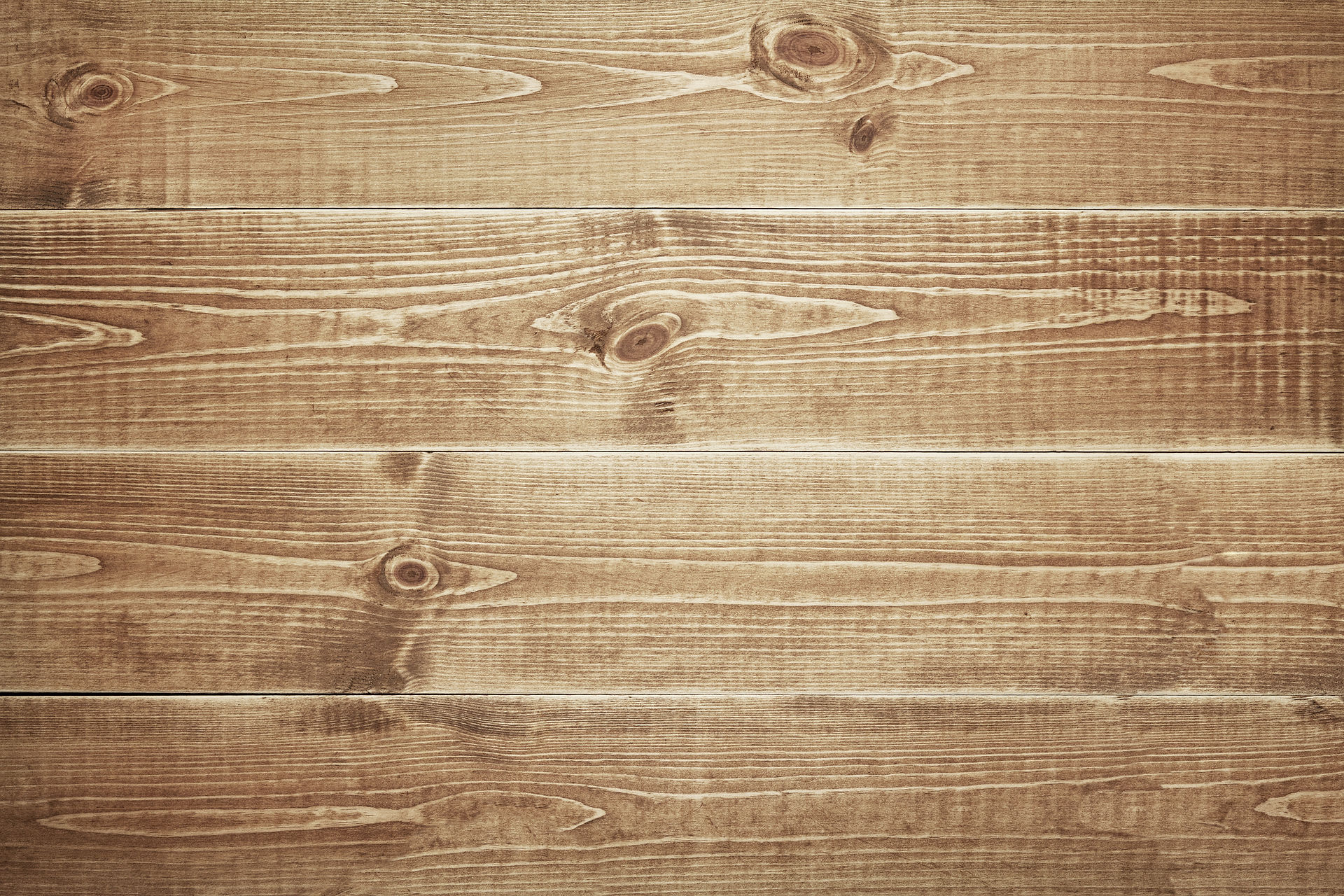



CEDAR
Spanish Cedar ranges from durable to moderately durable regarding decay resistance, and is also resistant to termite attack; the wood is also reported
to have excellent weathering characteristics
Common Name(s): Spanish Cedar, Cedro
Scientific Name: Cedrela odorata
Distribution: Native to Central and South America and the Caribbean; also grown on plantations
Tree Size: 65-100 ft (20-30 m) tall, 3-5 ft (1-1.5 m) trunk diameter
Average Dried Weight: 30 lbs/ft3 (475 kg/m3)
Basic Specific Gravity: .38
Janka Hardness: 600 lbf (2,670 N)
Rupture Strength: 11,640 lbf/in2 (80,280 kPa)
Elastic Strength: 1,338,000 lbf/in2 (9,230 MPa)
Crushing Strength: 6,210 lbf/in2 (42.8 MPa)
Shrinkage: Radial: 4.2%, Tangential: 6.3%, Volumetric: 10.3%, T/R Ratio: 1.5
Color/Appearance:
Wood is a relatively uniform pinkish to reddish brown; colors tend to darken with age. Random pockets of gum and natural oils are commonly present.
Grain patterning and figure tends to be somewhat bland.
Grain/Texture:
Spanish Cedar has a medium texture and medium to large sized open pores. The grain is usually straight, but can also be shallowly interlocked.
Endgrain:
Can range from ring-porous to diffuse-porous; medium-large earlywood pores, small-medium latewood pores; solitary and radial multiples of 2-3; mineral
deposits (red gum) occasionally present; growth rings distinct due to terminal parenchyma in diffuse-porous samples, or lines of larger pores in ring-
porous samples; rays usually visible without lens; parenchyma banded (terminal), apotracheal parenchyma diffuse-in-aggregates, paratracheal parenchyma
vasicentric.
Rot Resistance:
Spanish Cedar ranges from durable to moderately durable regarding decay resistance, and is also resistant to termite attack; the wood is also reported
to have excellent weathering characteristics. Older, slower-growing trees from the wild tend to produce wood that is more durable than wood from younger,
plantation-grown trees.
Workability:
Spanish Cedar is easy to work with both hand and machine tools. However, due to its low density and softness, Spanish Cedar tends to leave fuzzy
surfaces if not machined with sharp cutters; extra sanding up to finer grits may be required to obtain a smooth wood surface. Also, natural gum pockets
can remain wet and may ooze out onto the surrounding surface, which can clog and gum up saw blades, and make finishing the wood a challenge.
Odor:
Has a distinct, lingering, cedar-like scent; this characteristic of the wood makes it a favorite for cigar boxes.
Allergies/Toxicity:
Although severe reactions are quite uncommon, Spanish Cedar wood dust has been reported as a respiratory irritant. See the articles Wood Allergies and
Toxicity and Wood Dust Safety for more information.
Price/Availability:
Spanish Cedar should be in the moderate price range, considering it’s an imported lumber. Cost should compare similarly to other mid-range Latin
American imports such as Purpleheart or Goncalo Alves.
Comments:
A historically valuable Latin-American timber, Spanish Cedar has been exploited in many regions, and the species is now considered to be “vulnerable”
(VU) according to IUCN’s Red List. It’s also listed on the CITES Appendix III for the countries of Columbia, Guatemala, and Peru. (It’s listing in
Appendix III simply means that the countries listed have voluntarily chosen to control the exporting of the wood, and have sought the cooperation of other
countries to help in enforcing these restrictions.) Spanish Cedar may still be freely exported from other Latin American countries not listed in Appendix
III.
Spanish Cedar is closely related to true Mahoganies (Swietenia and Khaya genera), as both are in the Meliaceae family. Density and mechanical
properties can vary widely depending on country of origin and growing conditions; (specific gravity can vary from .30 to as high as .60 in some
instances). Some of the wood available at present comes from plantations: where younger, faster-growing trees, produce wood that is lower in density, and
paler in color than wood cut from trees taken from forests in the wild.
Some common uses for Spanish Cedar include: veneer, plywood, cabinetry, musical instruments, (flamenco and classical guitars), humidors, and
boatbuilding.